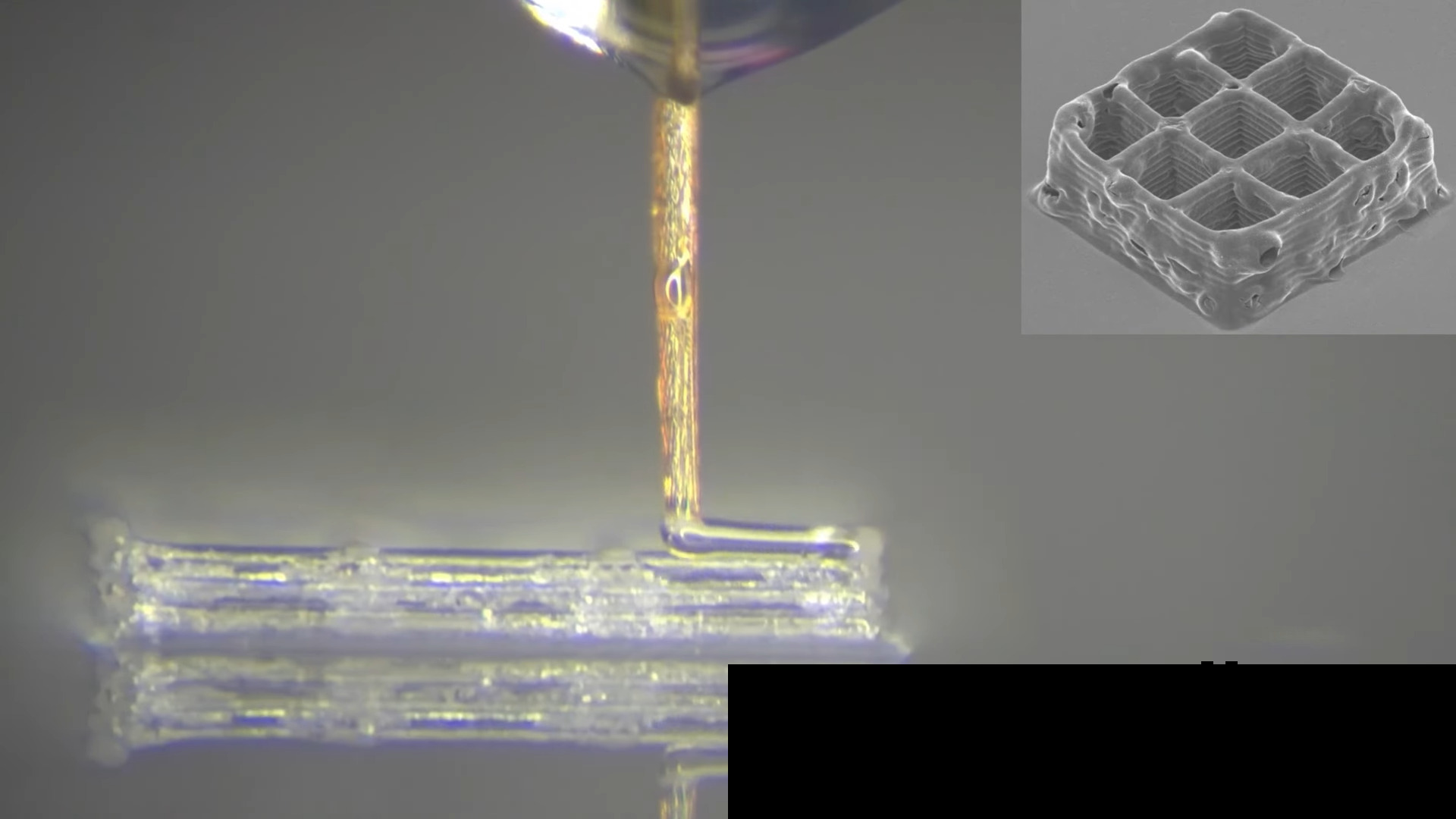Dead mosquito proboscis used for high-resolution 3D printing nozzle — scientists boast of the extremely fine output from ‘necroprinting’
The proboscis is 100% finer than the best manmade tips, cheaper, and biodegradable.

According to a recent discovery, a deceased female mosquito’s blood sucking proboscis makes for a great high-resolution 3D printer nozzle. A team of researchers at McGill University in Montréal was looking for ideas to create an ultra-fine, low-cost, and sustainable 3D printing nozzle, and this mosquito body part seems to be almost perfect for the job. TechXplore reports that these nozzles can be used for 3D printing extremely fine objects, with smooth surfaces – ideal for aerospace, dentistry, and biomedical research.
High-precision 3D printing nozzles, like the ones this mosquito proboscis has the potential to replace, usually come at a prohibitively high cost. The source suggests they are typically priced at around $80 per tip. Moreover, current commercial tips that fit this spec are made of either non-biodegradable plastic or metal.
Necroprinting
We've seen plenty of interesting bio-inspired technologies ahead of this innovation from McGill. But this new 'necroprinting' method is less bio-inspired and more like bio-looting, as it essentially reuses dead insect body parts.
The researchers investigated other biological donors before settling on the mosquito. "Insect stingers, snake fangs, and plant xylem vessels" were rival high-resolution 3D printing nozzle candidates, but the female mosquito's proboscis won the day. Millennia of evolution have made this complex, multipart feeding tube ideal for super-fine 3D printing with thick bio-inks.



The female mosquito's proboscis has many qualities that make it well-suited for 3D necroprinting. Notably, its inner diameter of just 20 micrometers is ~100% finer than the best man-made tips, according to the researchers. These biodegradable nozzles are also remarkably straight, stable, and able to withstand internal pressures of up to 60 kilopascals.
However, necroprinting nozzles are improved by using 3D-printed bioscaffolds to compensate for their low mechanical strength.
The McGill scientists said their work paves the way for fresh advances in manufacturing and microengineering supported by 3D printing. They haven't settled yet, though, and will continue to investigate other natural candidates - dead or alive - for stronger and finer 3D printing tips.
Get Tom's Hardware's best news and in-depth reviews, straight to your inbox.

Follow Tom's Hardware on Google News, or add us as a preferred source, to get our latest news, analysis, & reviews in your feeds.

Mark Tyson is a news editor at Tom's Hardware. He enjoys covering the full breadth of PC tech; from business and semiconductor design to products approaching the edge of reason.
